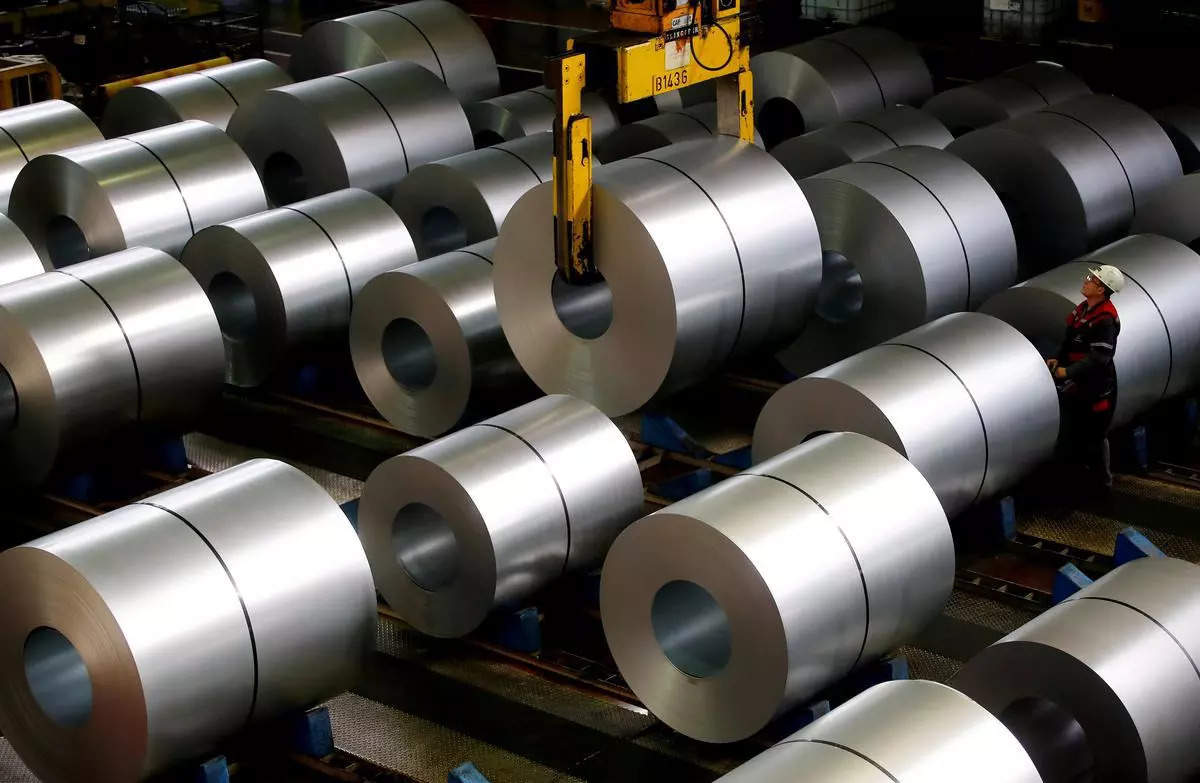Scindia Engages Stakeholders in Discussion to Encourage Incentives for Green Steel Production 2023

Scindia Engages Stakeholders in Discussion to Encourage Incentives for Green Steel Production 2023
In a significant move that aligns with global climate change goals, Mr. Scindia met with key stakeholders to discuss the ways to incentivise green steel production.
The rise of green steel could represent a pivotal moment in both the industrial and environmental sectors, combining the demands of modern infrastructure with sustainable practices.

Green steel refers to steel produced using methods that emit significantly fewer greenhouse gases compared to traditional methods.
The steel industry is one of the major carbon dioxide emitters globally, contributing a sizeable portion to global greenhouse gas emissions.
Transitioning to green steel not only aligns with environmental imperatives but also presents a market opportunity as global demands shift towards sustainable products.
In a meeting with five task teams, Union Steel Minister Jyotiraditya M. Scindia covered a wide variety of topics, including ways to finance the decarbonization of the sector and encouraging the development of green steel.
The conference on Thursday to examine approaches to promote sustainability and decarbonization in steel production was attended by important stakeholders, industry experts, and government representatives, according to a statement from the Ministry of Steel on Friday. Nagendra Nath Sinha, the secretary for steel, as well as the heads of the five task teams, were present at the meeting.
According to the ministry, the task group on finance, which was headed by Sunil Mehta, the Chief Executive of the Indian Banks’ Association, presented insightful information on financial possibilities for decarbonizing the Indian steel sector.
Aniruddha Kumar led the Renewable Energy Transition Task Force, which put out legislative recommendations to encourage the use of renewable energy sources and steps to entice businesses to build captive renewable energy facilities.In order to ensure a fair transition, the Skill Development Task Force concentrated on identifying the skilling, upskilling, and re-skilling of workers for the steel sector.
Ashok Kumar Tripathy, an Independent Director of SAIL, chaired the task group on energy efficiency, which made suggestions for improving energy efficiency solutions for integrated steel plants and secondary steel businesses.
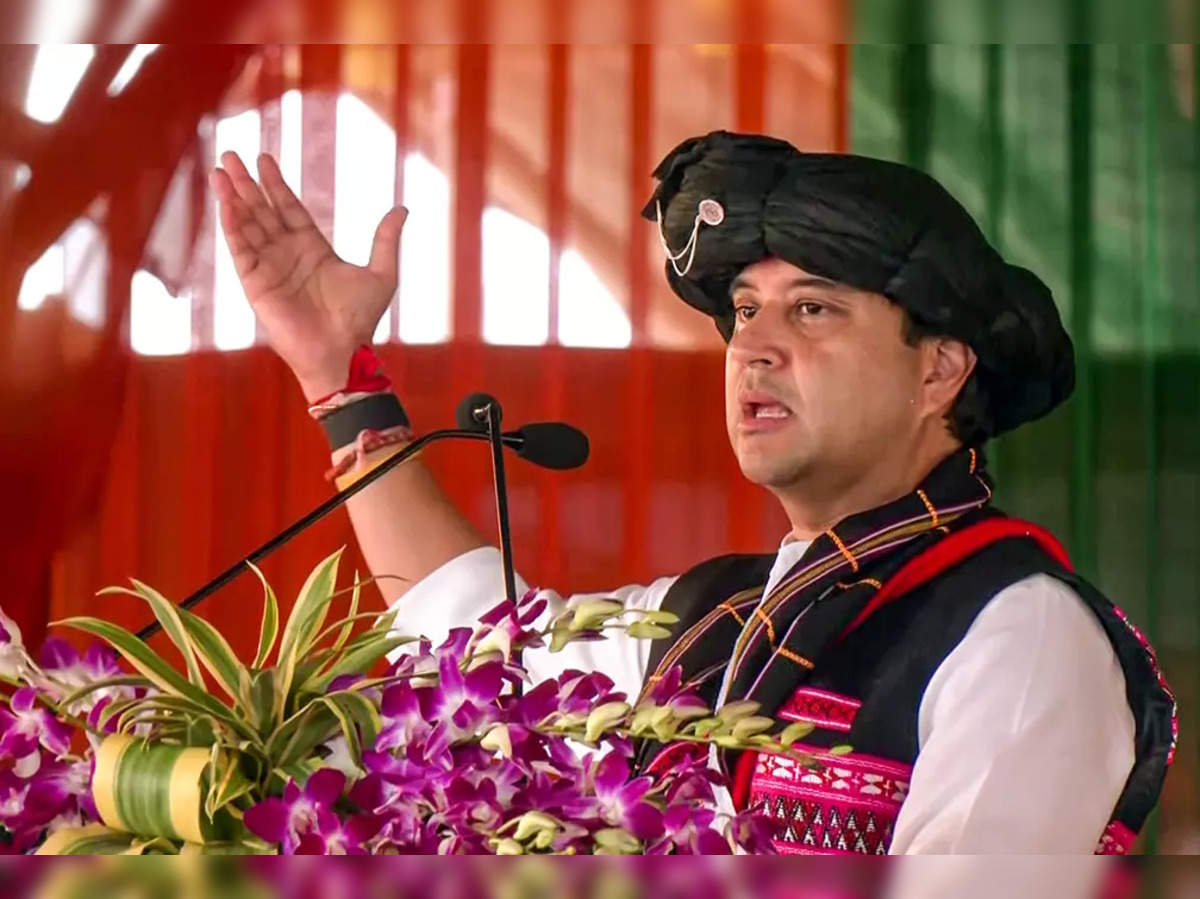
In order to lower carbon emissions from these facilities by switching away from coal-based feedstock, the process transition task group discussed strategies to encourage the use of natural gas and syngas in direct reduced iron operations.
In order to discuss, ponder, and suggest strategies to decarbonize the steel sector and promote green steel production, the Ministry of Steel had already established 13 task groups with the participation of the business community, academic institutions, think tanks, other ministries, and other stakeholders.
Scindia’s discussion involved a diverse array of stakeholders, including:
1.Industry Leaders: Major steel producers, who play a pivotal role in determining the methods of steel production.
2.Environmental Groups: Advocates for sustainable practices, ensuring that green steel standards are both effective and beneficial to the environment.
3.Government Agencies: Responsible for policy-making, taxation, and providing potential subsidies or incentives.
4.Research and Academic Institutions: Providing the technical know-how, innovations, and research in the domain of sustainable steel production.
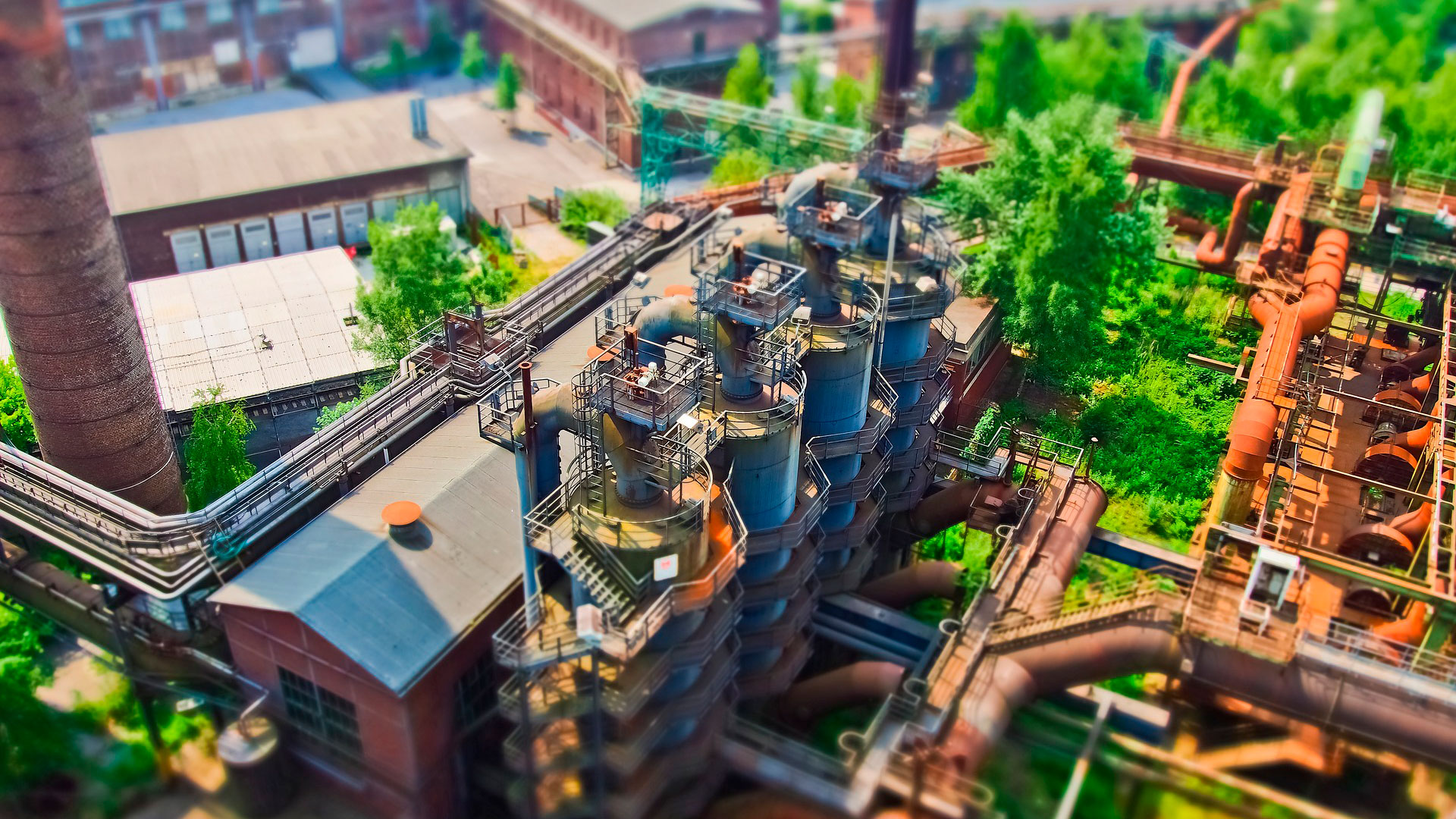
Scindia emphasized the need for adopting breakthrough technologies like hydrogen-based steel production. Using hydrogen instead of coal in the direct reduction of iron ore eliminates CO2 emissions, making the process carbon-neutral.
There was a consensus on the need for financial incentives, such as tax breaks or subsidies, to make green steel production more attractive. These incentives could help offset the initial high costs of setting up green steel plants.
Reforms in policy, such as stringent emission norms, carbon pricing, or a carbon credit system, can play a crucial role in pushing the industry towards sustainable methods.
The need for infrastructure, particularly related to the supply of green energy sources like hydrogen or electricity from renewables, was highlighted. This would require government and private sector collaboration.
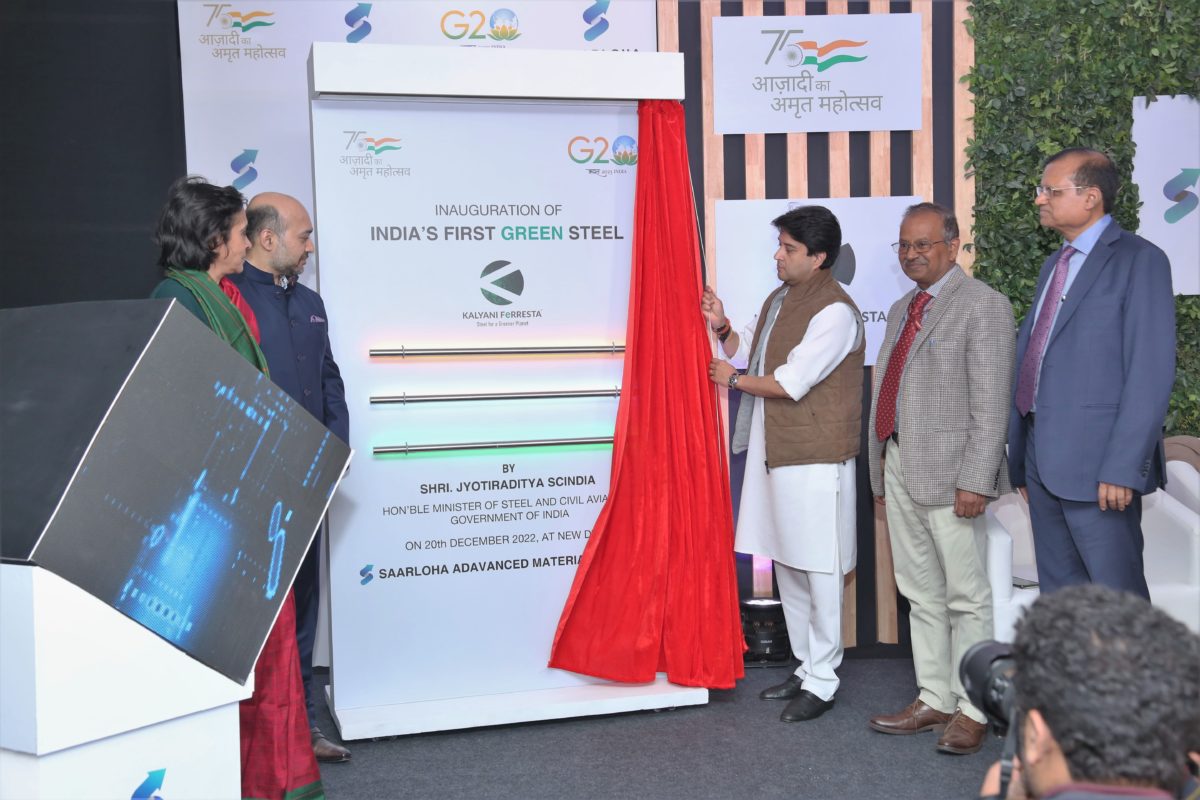
Stakeholders acknowledged the importance of continuous research and development in this domain. Moreover, skilling the workforce to handle new technologies and methods would be vital.
Considering green steel is a global concern, collaborations with countries leading in this domain could accelerate the adoption of best practices and technologies.
The discussions led by Scindia seem promising. With a unified goal of sustainable development, the path ahead looks focused on making green steel the norm rather than the exception.
As technologies evolve and become commercially viable, and with the right mix of incentives and policies, India could potentially lead the world in green steel production.
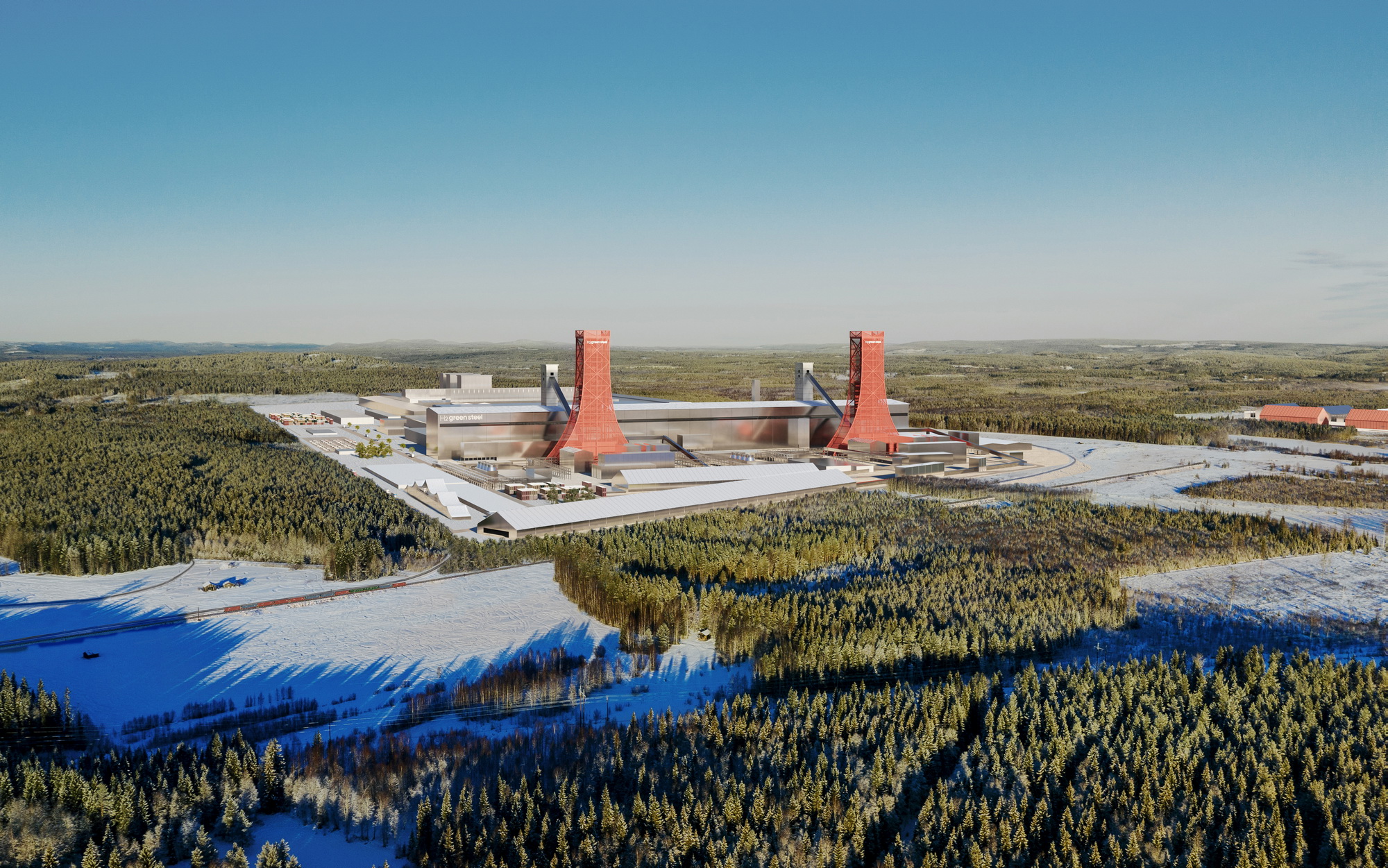
The meeting led by Mr. Scindia with various stakeholders signals a proactive approach towards adopting sustainable industrial practices. While challenges remain, such as the high initial costs and the need for infrastructure, the collective will and collaborative approach suggest a green future for the steel industry.
As nations worldwide grapple with climate change, initiatives like this provide a blueprint for harmonizing industrial growth with environmental concerns.

